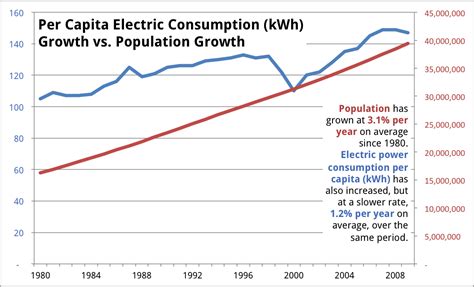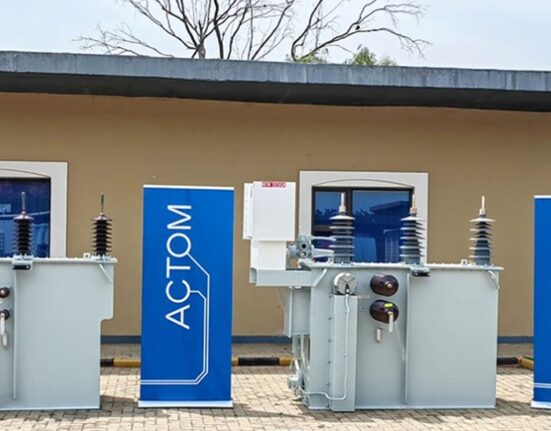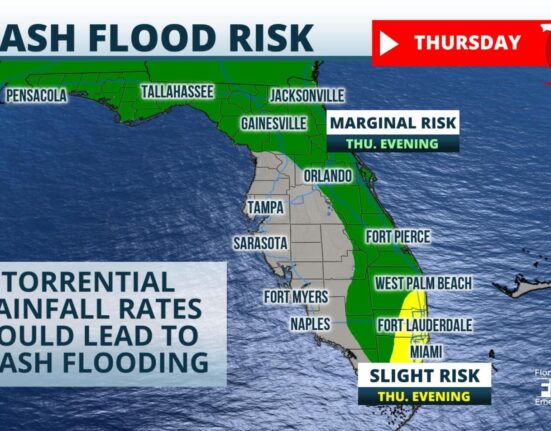In the heart of East Africa, Kenya’s energy sector is buzzing with activity. From the bustling streets of Nairobi to the serene landscapes of Rift Valley, electricity consumption is on the rise, painting a vibrant picture of economic growth and technological advancement.
Electricity Evolution
The latest data from Kenya’s Energy and Petroleum Regulatory Authority (EPRA) paints a vivid picture of the country’s evolving energy landscape. In the first half of the financial year 2024/2025, electricity consumption surged, driven by a diverse range of sectors. While industrial and residential consumers traditionally dominated energy usage, a new player emerged on the scene – electric vehicles (EVs).
According to the biannual Energy & Petroleum Statistics report, Kenya witnessed an uptick in total electricity consumption, soaring from 5,205.79GWh to 5,484.54GWh compared to the previous year. The dynamic regions played their part in this surge:
– Nairobi region maintained its lead as the highest consumer.
– Coastal region followed suit with significant energy usage.
– Rift Valley saw a notable increase in electricity consumption.
– North-Eastern and Mt. Kenya regions made their mark on the grid.
– West Kenya and South Nyanza recorded relatively lower electricity usage.
The Rise of Electric Mobility
Amidst these shifting trends, one standout performer was electric mobility. The adoption of electric vehicles and motorcycles skyrocketed during this period, marking a paradigm shift towards cleaner transport solutions.
The EPRA Director-General highlighted this transition: “The increased adoption of e-mobility… has led to a corresponding rise in electricity consumption.” This growing trend was supported by government incentives and policies promoting eco-friendly transportation options.
Notably, EV registrations soared five-fold within two years – showcasing Kenyans’ eagerness to embrace sustainable mobility solutions. The National Transport and Safety Authority reported a substantial increase in EV numbers, underlining a positive trajectory towards greener transportation practices.
This evolution was reflected in numbers as well. Electric mobility category’s usage spiked from 0.32GWh to 1.81GWh within a year – signifying a monumental shift towards electrified transportation modes like never before.
Expert Insights
Dr John Mutua from EPRA shed light on these developments: “In line with global energy transition trends… we introduced discounted e-mobility tariff… To ensure fair pricing for electric vehicle charging… we are undertaking studies for public charging stations.”
These initiatives aim not only at promoting accessibility but also affordability for consumers looking to make the switch towards sustainable transport alternatives.
A Glimpse into Generation
Renewable sources continue to dominate Kenya’s power generation landscape with geothermal leading the pack by generating 39.81% of total electrical energy during this period. Hydropower closely followed at 24.,74%, propelled by favorable hydrological conditions supporting increased generation outputs.
Wind power contributed significantly – accounting for 13.,46% – while solar chipped in with 3.,15% ensuring diversified sources fueling Kenya’s national grid.
Thermal power maintained its pivotal role providing essential support for voltage stability along coastal areas besides catering peak demand requirements efficiently.
Power Imports Surge
Interestingly enough, while domestic generation thrived; imports also witnessed an upsurge – jumping from 419.,13GWh to 751.,95GWh between financial years due to operationalization commercial imports from Ethiopia bolstering supply reliability across regions.
As Driven by expanding economic activities across various sectors coupled with growing population demands; overall power usage climbed significantly showcasing vitality pulsating throughout Kenya’s electrified ecosystem setting stage further advancements yet unfold narrative energizing moments eschewing times yore.









Leave feedback about this